John Lewis-Stempel: The perfumed arcadia of the Downs, England's oldest manmade habitat
Home to the iconic skylark, the chalk downlands are as colourful and botanically diverse as rainforest.

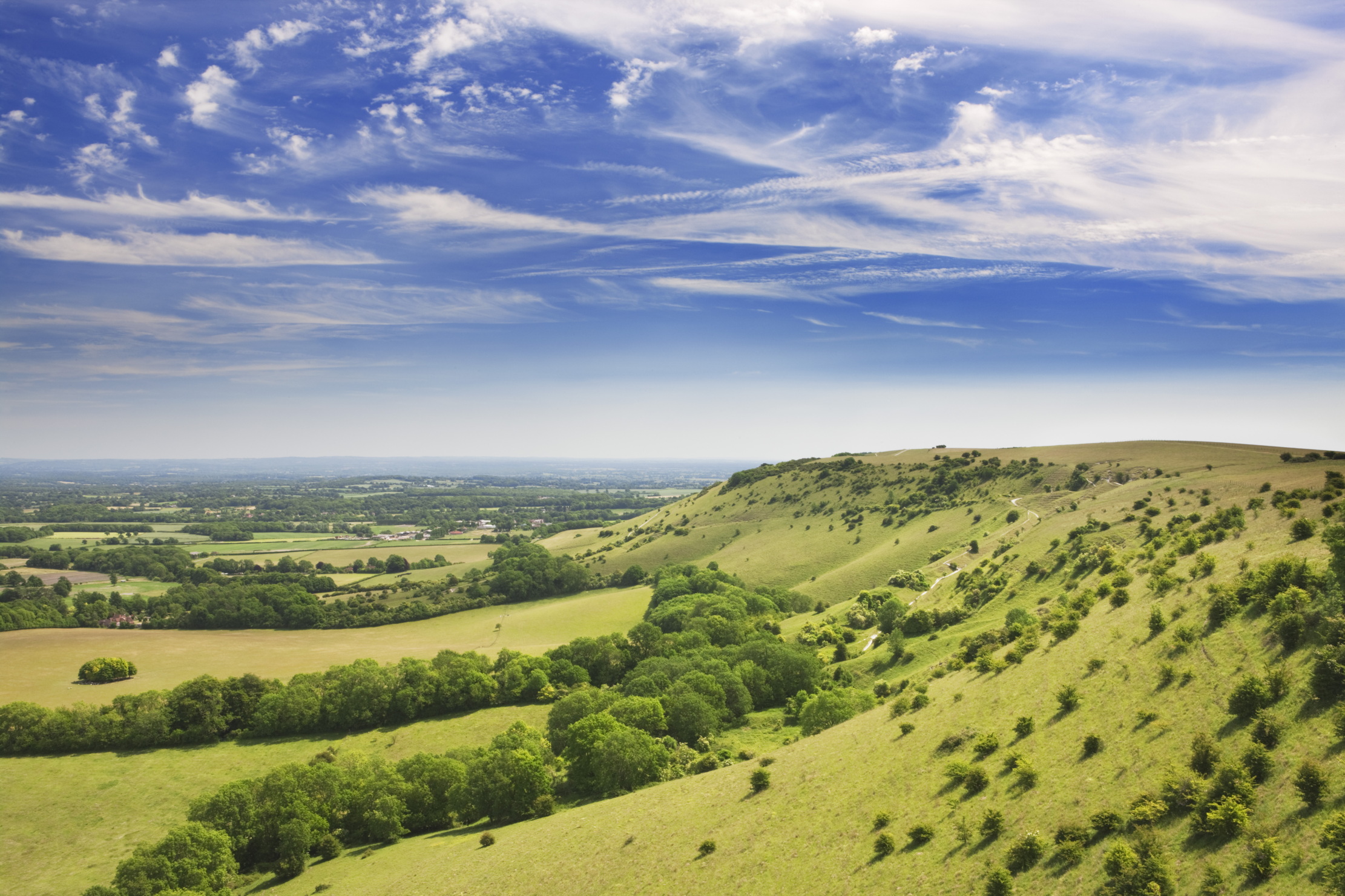
Climbing up on Caburn hill, I could see the town lights of Lewes, but, on the summit, time had stopped still long before the age of electricity. In the tall grass around the dim earthen walls of the Iron Age fort, the warm night wind whispered the echoes of past voices. I tried to catch their sense, but it was seemingly babble. Babel.
Looking out over the South Downs under the moon, the dark mound of Firle Beacon assumed the geography, with its long smooth flank, its fluted limbs, of a giant sleeping dog lain on its side. Indeed, the whole of the Sussex downland, it occurred, might be composed of the bodies of enormous downland creatures slumbering under a cloak of grass, with Caburn their gargantuan alpha pack leader, heaving its head up from sleep. Rolling and rounded, shapely buried bodies.
Death was never so attractive as in the making of the South Downs. There are English geologies, such as Cornwall’s granite, composed of the earth heaving up, unwanted, its hot guts, for these to cool and thus prove the truth of ‘stone cold’. Mere mineral geologies. Not so the Downs, which were formed during the Cretaceous period (about 145 million BC–66 million BC), when southern England was covered by a tropical shallow ocean filled with coccoliths, microscopic shelled phytoplankton. As the coccoliths died, their bodies sank; a perpetual submarine snowstorm, depositing sediment on the seabed. Eventually, this sediment compacted to form chalk rock. Caburn and the Downs of England are a necropolis of poor small things.
Calcareous, nutrient-poor and alkaline (with a pH of 6.5–8.5), England’s chalk downland stretches from Dover to deep into Hardy’s Wessex, but its heart is the South Downs and for many — and for me — its sky-curving hills, with airs and arias of Glyndebourne opera playing on a summer’s eve breeze, will be a definition of England.
If Caburn’s body is geology, its skin is agriculture. On Caburn and the surrounding Downs, England’s farming began in about 4000BC, when prehistoric agriculturists commenced clearing the slopes of their (pre-dominantly) beech and yew trees. On the newly revealed geology, warm and easy draining, grass grew easily and the re-emergence of forest — the trees would retake the world if they could — was prevented by the nibbling of the Neolithics’ primitive sheep. The subsequent millennia of sheepy grazing of the grasses and flowers that flourished in the cleared spaces has produced broad acres of botanical tapestry — a ‘living garment’ in the memorable image of the Victorian naturalist W. H. Hudson in Nature in Downland (1900).
The close-knit turf of the Downs, with its alkaline-loving flowers and plants, is England’s oldest manmade habitat. There are square yards of this chalkland grassland habitat, with its burnt orchids and fescue grasses, with its delicately blue milkwort and its scented wild thyme, as colourful and botanically diverse as rainforest. On a good bit of traditional chalk grassland such as Caburn, embroidered brightly with flowers, you might need five pairs of hands to count the species.
Is it invidious to have favourite flora? Of the flowers of chalkland, so many of them alien to the clay of my native Herefordshire, I avow a special liking for the wonderfully monikered squinancywort, a waxy perennial, which issues a vanilla scent when crushed. There are times, with the heat from the ground rising, when the Downs are a perfumed arcadia.
Exquisite houses, the beauty of Nature, and how to get the most from your life, straight to your inbox.
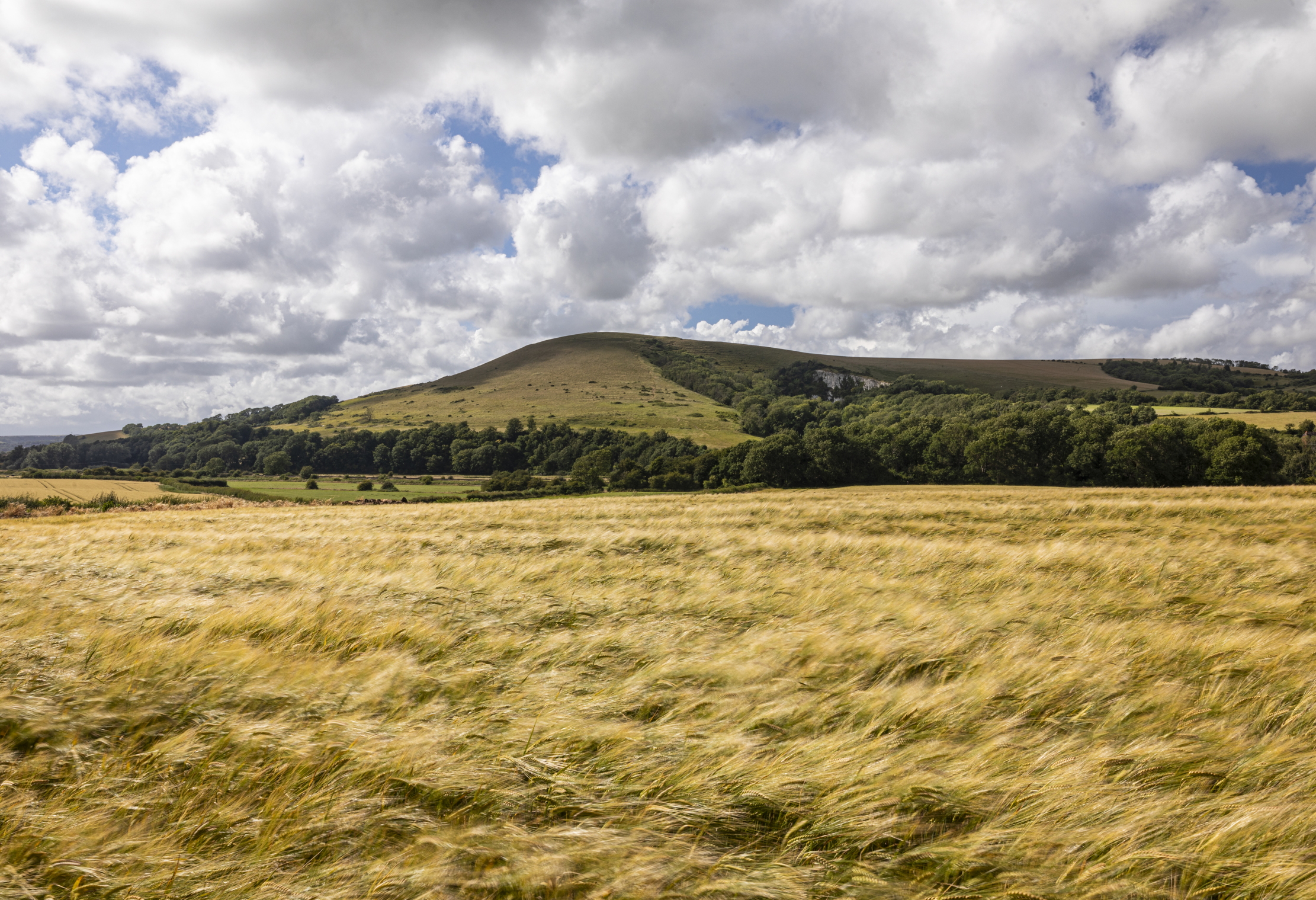
Richness in flora brings a wealth of insects and other fauna. The best-known Downland insects are the butterflies, their spring and summer cavalcade led by the chalk-hill blue, the silver-spotted skipper and the Adonis blue, a fallen snip of sky. If butterflies are a Downs delight to the eyes, the crickets and grasshoppers provide the summer soundtrack, their ‘stridulation’ being rhythmic, soporific; the mating music of the rare wart-biter cricket is akin to something caught in the spokes of a revolving bicycle wheel.
After the insects, the birds. When the first farmers relieved the chain of hills of their trees, they created sweeping open space and gave the skylark its home: skylarks are tree-phobic. To a skylark, which has a claim to be England’s iconic bird (I give you Shelley’s Ode, Ralph Vaughan Williams’s Lark Ascending), a tree is nothing more than a perch for a sparrowhawk. So abundant was the skylark on the Downs in the Victorian age that thousands were shot by the day for the London market. (They made succulent, if little, pickings on the plate.) The South Downs were tailormade for skylarks, a bird originally of the steppes. So, too, were the Downs natural homeland for the stone curlew and the wheatear, a bird that has nothing to do with cereal crops, the Anglo-Saxon adjectival noun ‘white-arse’ being the cause of the bird’s cognomen.
The wheatear is a migrant and on the South Downs many a bird arriving from overseas will land exhausted, beak-gaped; this landscape of England eternal is a place of passage and migrancy, good for the twitcher to sit high and watch the birdies. (A good place also for the would-be birdmen whose hobby is hang-gliding.) The wheatear’s preferred residence on arrival is a crevice in rock, a gap in a stone wall or a rabbit burrow, of which chalkland abounds. Like the sheep, the rabbit is an animal maligned, yet both of them in their ways are historic custodians of chalkland, their nibbling allowing flora to flourish. Even the earth-scratching of the rabbit has its role, the resultant bare dirt patch becoming a warming-up pad for reptiles and butterflies.
Traditional Downland. Hudson’s ‘living garment’. It is going, going… Since the 1950s, the South Downs have lost an estimated 95% of their chalk grassland, mainly as a result of intensive agriculture and the cessation of old-style grazing. On the Downs, arable farming has largely replaced the sheep walks, stripping off their thin, green, but gloriously embroidered rug for the false gold of nitrate-needing, water-gulping intensive corn and barley.
That night on Caburn, one of the last remnants of Downs’ ancient grassland, I fancied my ear finally caught the sense of the gentle breeze-borne burble in the moon-whitened grass and flowers. Heard and understood the voices. They were the souls of the old shepherds speaking pleas.
John Lewis-Stempel has twice been crowed winner of the Wainwright prize for nature writing, and was the 2016 BSME Columnist of the Year. His new book, ‘England: A Natural History’, explores 12 distinctive habitats of England
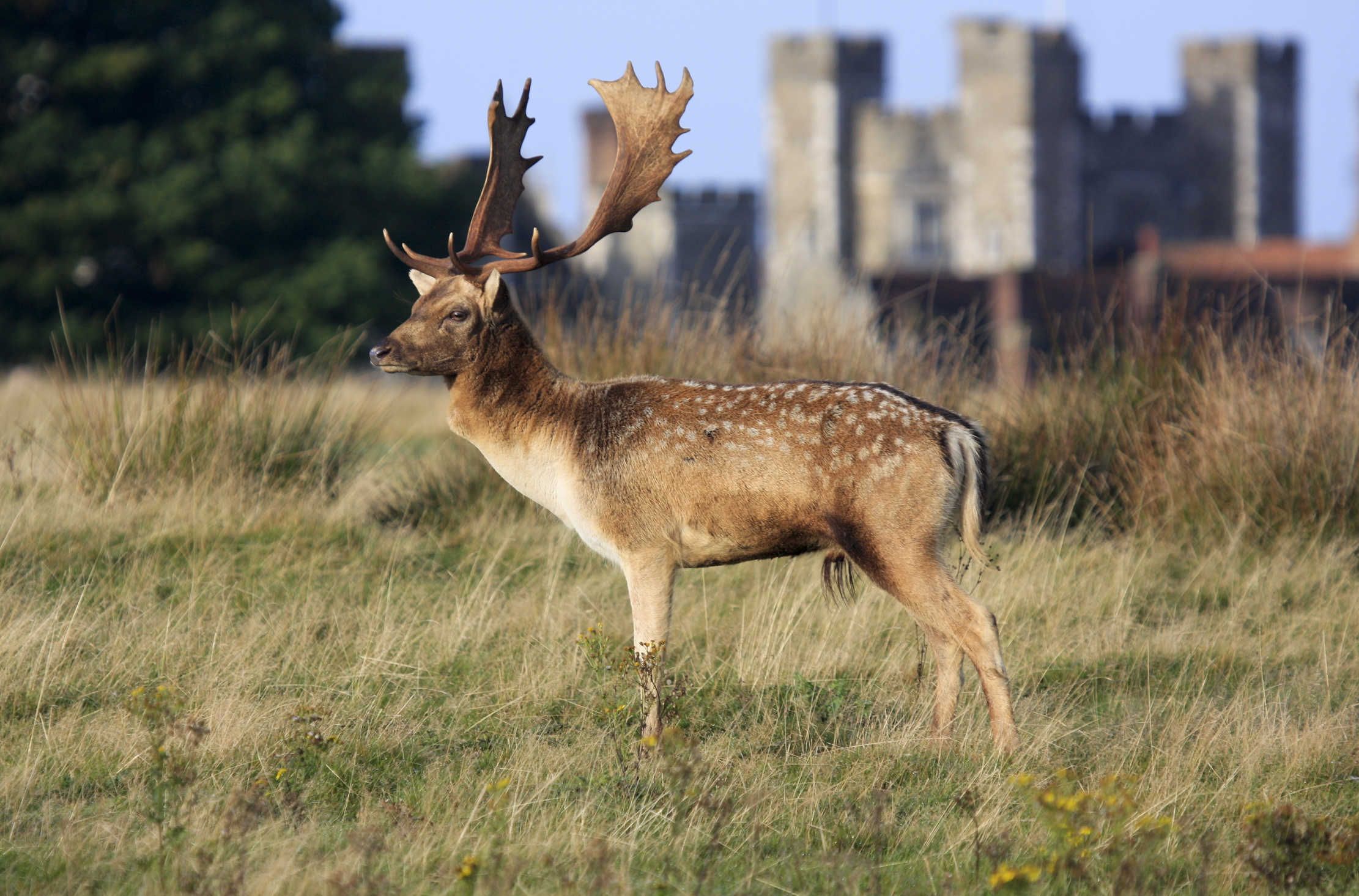
John Lewis-Stempel: The deer parks that came to define us
A Roman conception that came to define the topography of England, the deer park was both a status symbol for
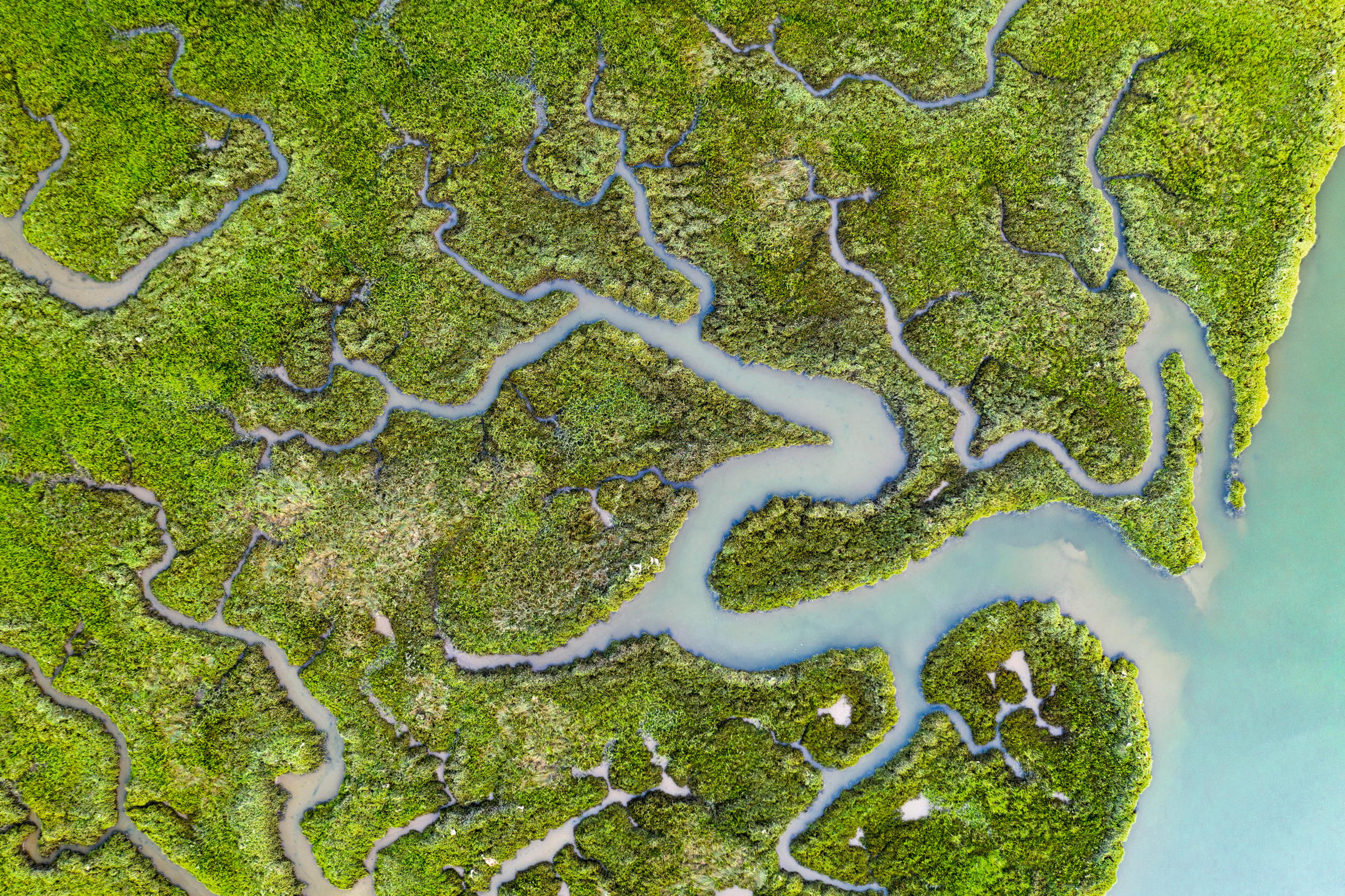
'A square yard of estuary mud contains the energy equivalent of 16 chocolate bars': John Lewis-Stempel on the life of the English Estuary
Part water, part earth and a habitat of constant movement, the bleak and desolate estuary environment is an acquired taste.
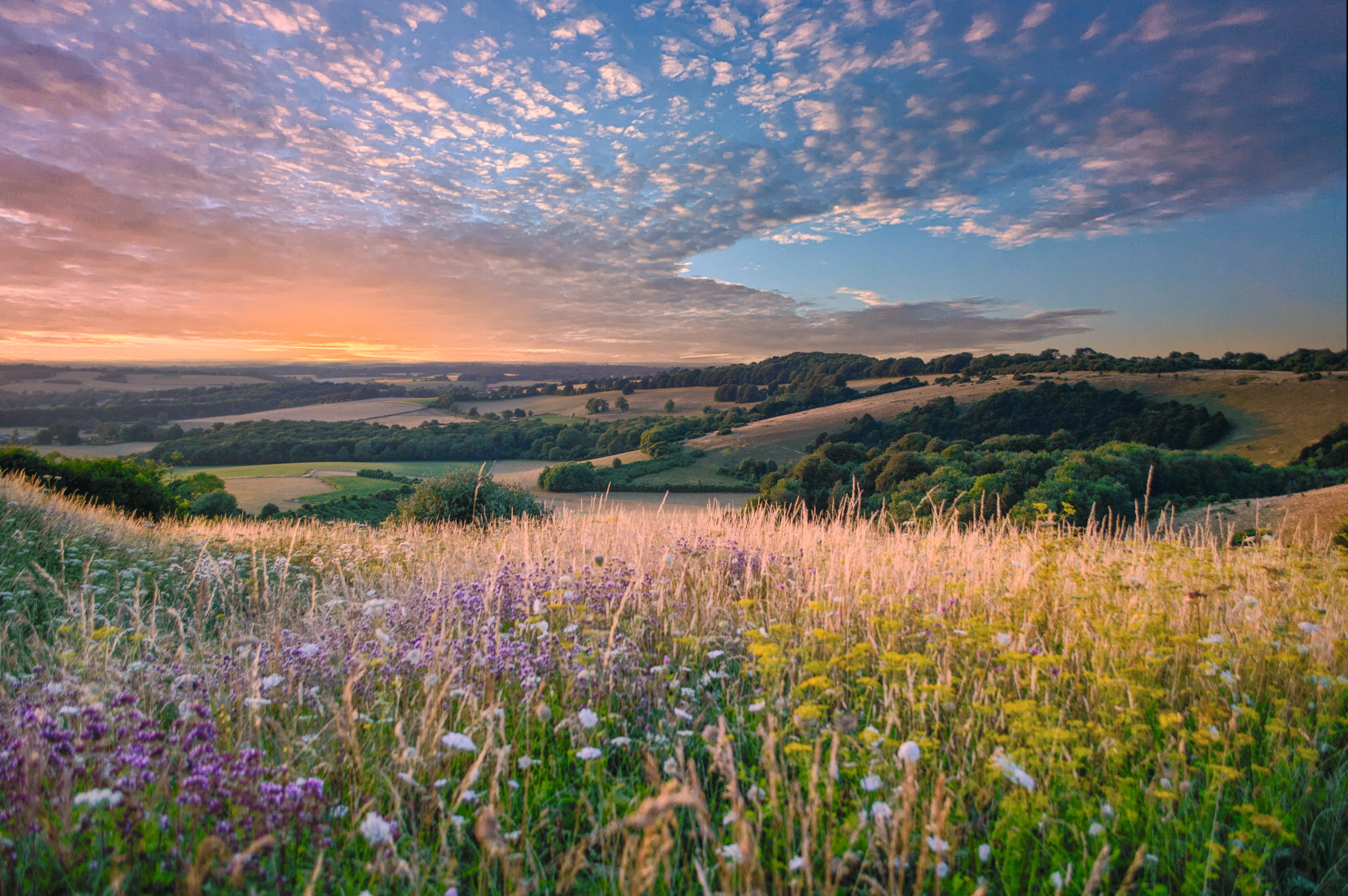
Credit: Ricky Howitt/iStockPhoto via Getty Images
John Lewis-Stempel: 'Rewilding is a poor, pathetic box of tools for fixing the state of nature'
Turning the countryside into an eco-Disneyland ignores plenty of problems — most notably, where is our food going to come
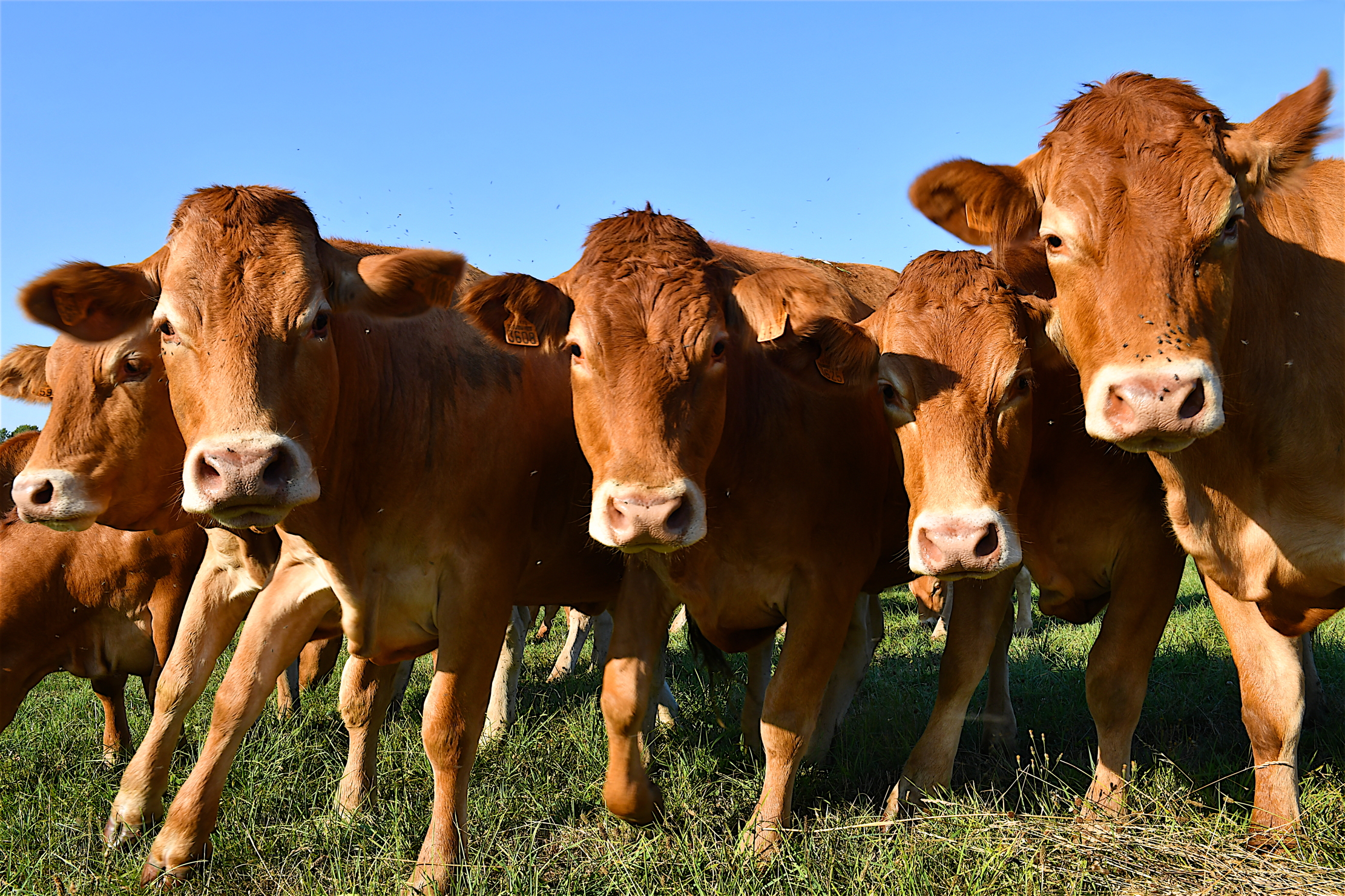
John Lewis-Stempel: Never look after other people's animals
Our countryside columnist does a friend a favour, and ends up having to free a half-ton heifer from a muddy
